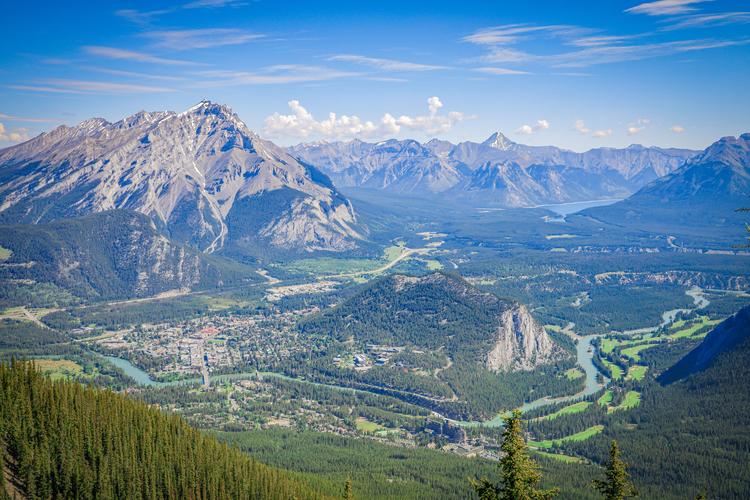Trekking can be an exciting and exhilarating experience, but it requires a lot of planning and preparation to ensure a safe and enjoyable journey. One of the most critical aspects of planning your trekking trip is deciding on the route you will take.
Here are some expert tips for planning your trekking route:
1. Understand the terrain and weather conditions: Before deciding on a route, thoroughly research the terrain you will be trekking through. Understanding the terrain will help you pack your gear appropriately and prepare physically for the trek. It’s also essential to consider the weather conditions during the trekking season to ensure that you’re best prepared for any unexpected changes.
2. Consider the level of difficulty: Another crucial factor to consider when planning your trekking route is the level of difficulty. You want to ensure that the route you choose aligns with your fitness level and allows for gradual acclimatization. Planning a route too strenuous for your fitness level could be dangerous and result in injury or altitude sickness.
3. Research Local guidelines and Regulations: Different trekking routes have specific rules and regulations that trekkers need to follow. It’s important to research and comply with these guidelines to avoid any legal or safety issues.
4. Take the lesser-known paths: Popular trekking routes see the highest footfall and can be crowded during peak seasons, leading to too much pressure. Several lesser-known paths offer the same picturesque experience without the crowds. These trails provide a unique and peaceful experience in the great outdoors.
5. Connect with Local Guides: Treks typically demand expert knowledge of a local area; it would also help hire a local trekking guide to navigate unfamiliar terrain. Local guides can help you avoid trails that may be a risk for landslides or avalanches. They can also offer you insights into local culture and culinary experiences.
Final Thoughts:
Planning a trekking route requires careful consideration of different factors, such as weather conditions, terrain, and local regulations. It would help if you also considered your level of fitness, the number of trekkers joining you, and whether a local guide is necessary. Taking these expert suggestions into account and researching extensively before setting out will enable you to have a safe and enjoyable trekking experience.
(Note: Do you have knowledge or insights to share? Unlock new opportunities and expand your reach by joining our authors team. Click Registration to join us and share your expertise with our readers.)
Speech tips:
Please note that any statements involving politics will not be approved.
